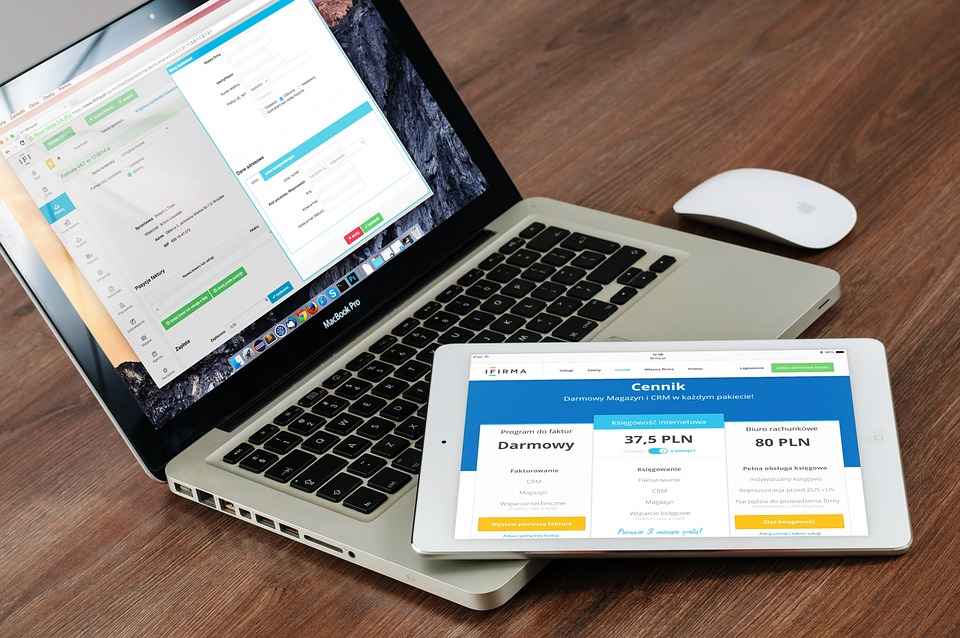In an era dominated by diverse devices—from smartphones to tablets and desktops—responsive web design (RWD) is the backbone of a successful online presence. But what makes it indispensable? This guide dives into the fundamentals of responsive design, its critical role in user experience and SEO, and why ignoring it could cost your website traffic and conversions.
What Is Responsive Web Design?
Responsive web design is a methodology that ensures websites dynamically adjust their layout, images, and functionality to fit any screen size or orientation. Whether viewed on a 27-inch monitor or a 5-inch smartphone, a responsive site delivers a seamless, intuitive experience.
Key tools enabling this adaptability include:
- Fluid Grids: Layouts that scale proportionally using percentages instead of fixed pixels.
- Media Queries: CSS rules that apply device-specific styles (e.g., adjusting fonts for mobile).
- Flexible Media: Images and videos that resize or load conditionally to prevent slow performance.
Why Responsive Web Design Matters
1. Mobile Dominance in Web Traffic
Over 60% of global web traffic now comes from mobile devices. A non-responsive site frustrates mobile users with pinching, zooming, or broken layouts, driving them to competitor sites.
2. Enhanced User Experience (UX)
A responsive website prioritizes usability:
- Simplified Navigation: Menus collapse into hamburger icons on smaller screens.
- Readability: Text scales appropriately, avoiding microscopic fonts on mobile.
- Speed: Optimized media and lazy loading reduce load times, critical for retaining visitors.
Positive UX translates to lower bounce rates, longer sessions, and higher conversion rates.
3. SEO Advantages
Google’s mobile-first indexing means it predominantly uses the mobile version of your site for ranking. Key SEO benefits include:
- Higher Rankings: Mobile-friendly sites rank better in search results.
- Single URL Structure: Responsive design avoids duplicate content issues (unlike separate mobile sites).
- Improved Crawlability: Googlebot efficiently indexes one responsive site vs. multiple versions.
Core Components of Responsive Design
1. Fluid Grids & Flexible Layouts
Static layouts fail on varying screens. Fluid grids use relative units (e.g., percentages) to resize elements proportionally. For example, a three-column desktop layout might stack vertically on mobile, ensuring content remains organized.
2. Media Queries
These CSS rules detect device traits (e.g., screen width) and apply tailored styles. For instance:
@media (max-width: 768px) {
.sidebar { display: none; }
}
This hides non-essential sidebar content on mobile, streamlining the interface.
3. Adaptive Media
Large images strain mobile networks. Solutions include:
- srcset Attribute: Delivers appropriately sized images based on the device.
- Compression Tools: Reduce file sizes without sacrificing quality.
- Vector Graphics: SVGs scale flawlessly across resolutions.
Challenges and Solutions
1. Cross-Browser/Device Testing
A responsive site must work on Chrome, Safari, Android, iOS, and more. Tools like BrowserStack automate testing across 2,000+ real devices.
2. Performance Optimization
Heavy media can slow mobile load times. Mitigate this by:
- Prioritizing critical content with conditional loading.
- Using modern formats like WebP for images.
- Minifying CSS/JavaScript files.
3. Content Prioritization
Mobile screens demand concise content. Audit your desktop site and trim non-essential elements (e.g., redundant text, secondary CTAs) for mobile users.
Conclusion: Responsive Design Is Non-Negotiable
Ignoring responsive web design risks alienating mobile users, damaging SEO, and losing revenue. By adopting fluid grids, media queries, and adaptive media, you create a future-proof site that delights users and satisfies search engines.
Act Now: Audit your site’s responsiveness using Google’s Mobile-Friendly Test, and invest in RWD to stay ahead in the mobile-first world.
'Want to send us a story? Submit to NAIROBIminiBLOGGERS via our Email nairobiminiblogger@gmail.com'

Drop Your Comments, What do you think About The Article?